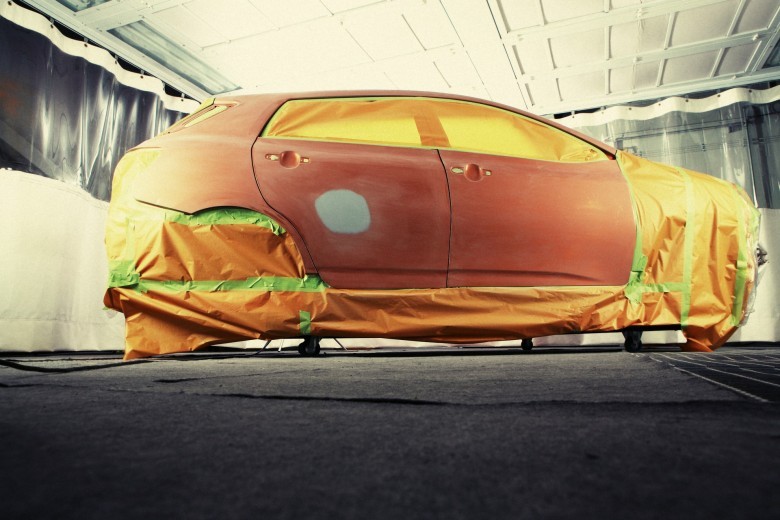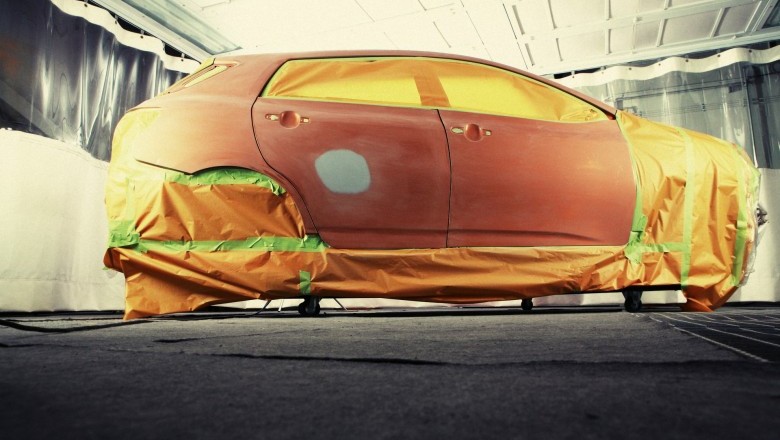
Types Of Car Paint
Types Of Car Paint
There are three common paint types used on automobiles/motor vehicles. All of these types are treated using the 1-2-3 kit of DT Concours.
Nitro-cellulose paint
The classic type of paint commonly used on vehicles is the Nitro-cellulose paint. It is very popular among manufacturers and repairers because of its durability and low cost application requirement. Nitro-cellulose paint can be applied using a regular paintbrush though it is proven that using spray offers better results. After paint application, the paint is dried through evaporation. Using this type of paint may cost less but requires more work and time. The final glossy finish is only achieved after series of intensive polishing.
Two-pack or Isocyanate paint
Two-pack or Isocyanate paint was primarily introduced in 1970. It is a durable type of car paint and has minimal application time. This type of paint uses spray gun for application and produces an outright finish. A hardener is applied as the next layer to dry the paint. Isocyanate paint is extremely poisonous and can cause fatal respiratory damages. Application requires a high-quality breathing mask that can filter Isocyanate components.
Water-based paint
Water-based paint is an environment friendly type of paint. It is commonly used at present by most car companies and repairers. Two-pack lacquer application is necessary to protect water-based car paint.
The mixture of water-based paints can be complicated and may require a more experienced car painter when used and applied.
Car Painting Tips
High-quality car paints are only as good as how you apply and maintain them. Proper paint application allows you to enjoy the maximum lifespan of your cars paint.
1. Secure all the necessary materials and equipment that you need to paint your car. Grease remover, masking tape, spray gun, clear coat paint, prime and car wax are the usual materials necessary for painting a car.
2. Choose a convenient and sheltered area to paint your car. Enclosed areas can provide you protection from rain and dust particles that can damage your painting progress.
3. Wash your car before painting to rid it of dust and particles that can affect your car paints finish.
4. Grease remover and car wax will do well in removing stain spots on your car. Polish or smoothen uneven surfaces using sandpaper.
5. Wash all the remains of your polishing and dusting and then dry your car.
6. Place masking tapes on the areas that you do not wish to paint then apply primer on your cars exterior. The primer serves as the base layer of your cars paint.
7. Check on uneven areas that you missed when applying primer and polish it. Once your cars exterior is free of rough areas, apply the initial coat of your car paint with a spray gun. Note that some DIY car paint kits require masks during application.
8. Dry the initial coating then apply the final coating. Remove dried paints on your spray guns nozzles to prevent possible paint damage. Allow the paint to dry.Sandra Lachine is a freelance writer who is the author of articles such as How to Paint a Car, How to paint a Car, and How to Paint a Car Visit Types Of Car Paint.



















